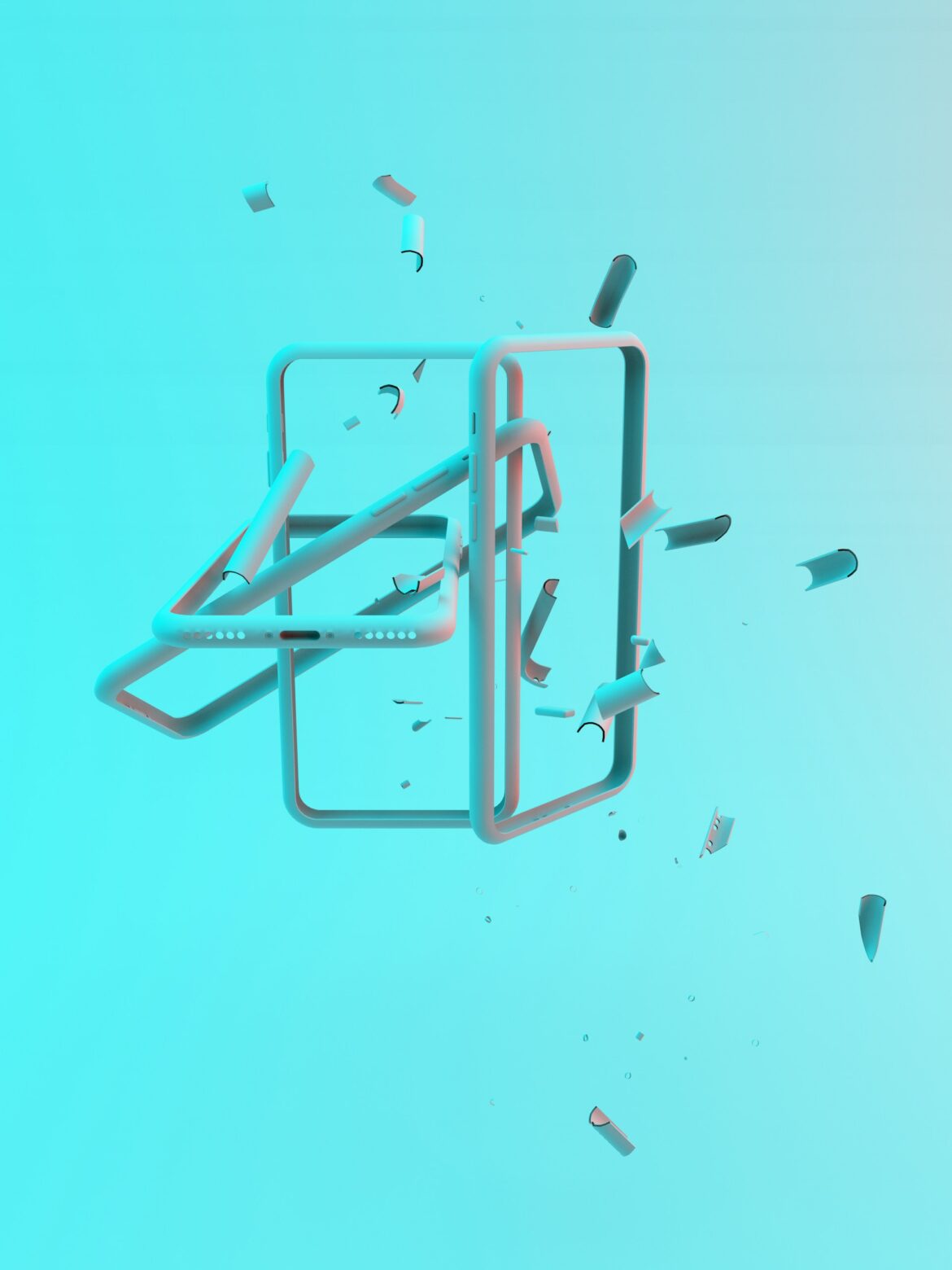As artificial intelligence continues to evolve, its role in the world of art has ignited a vibrant debate. AI-generated artwork challenges traditional notions of creativity, prompting questions about originality, authorship, and moral boundaries. Are these machines merely copying human ingenuity, or do they possess a form of creative expression? This discussion delves into the ethical complexities of AI art, exploring whether it signifies a new frontier of artistic innovation or a questionable shortcut that undermines human skill.
Exploring the Moral Boundaries of AI-Generated Art
AI art raises profound ethical questions about the boundaries of creativity and the responsibilities of artists and developers. When machines produce images, music, or poetry, they often do so by analyzing vast datasets of existing human work, which prompts concerns about plagiarism and intellectual property rights. Is it fair to credit an AI for works that are essentially derived from human creations? Furthermore, there’s the issue of transparency—should creators disclose the extent of AI involvement in producing art? If AI-generated art floods the market without proper acknowledgment, it could erode the value placed on human craftsmanship and originality.
In addition, the use of AI in art prompts a reevaluation of artistic authenticity and meaning. Traditional art is often valued for its emotional depth and the personal experiences of the artist. When AI creates compelling pieces, some argue that these works lack the intentionality and emotional resonance that define human art. Conversely, others believe that if an AI can evoke genuine emotional responses from viewers, it challenges our assumptions about what makes art meaningful. The moral boundary here isn’t just about legality but also about respecting the cultural and emotional significance associated with human expression.
Another ethical concern revolves around the potential for AI art to perpetuate biases embedded in training data. If AI models are trained on biased or problematic datasets, their creations could inadvertently reinforce stereotypes or social inequalities. This raises questions about responsibility—who is accountable for such outputs? Should developers be held to higher standards when deploying AI in creative fields? As AI continues to grow more sophisticated, navigating these moral boundaries will be crucial to ensure that technological progress does not come at the expense of ethical integrity.
Can AI Truly Be Creative, or Is It Just Mimicking Humanity?
At the core of the debate lies the question: can AI genuinely be creative, or is it merely mimicking human ingenuity? Critics argue that since AI operates through algorithms and data processing, it lacks consciousness, emotions, and intentionality—elements often deemed essential to true creativity. In this view, AI is a sophisticated tool that replicates patterns and styles learned from human art, making it more of a copycat than an original creator. The concern is that relying on machine-generated art might diminish the value and uniqueness of human artistic efforts, reducing creativity to mere pattern recognition.
Supporters, however, contend that AI’s ability to generate novel combinations and explore new aesthetic realms signifies a different form of creativity. They argue that creativity isn’t solely the domain of human emotion but can also be an emergent property of complex algorithms designed to mimic human decision-making processes. Some even suggest that AI can serve as a collaborative partner, inspiring human artists to push their boundaries and explore new creative avenues. If the end result resonates emotionally and provokes thought, does it matter whether the process was machine-driven or human-centered?
Ultimately, the question may hinge on how we define creativity itself. If creativity involves producing work that evokes emotional responses and sparks cultural conversations, AI art can arguably meet these criteria. Yet, if it’s measured by intentionality, consciousness, and personal expression, AI falls short of the traditional standards. This ongoing debate challenges us to reconsider the essence of artistic creation and whether the human touch is an indispensable ingredient or if technological innovation can redefine what it means to be truly creative.
As artificial intelligence continues to weave itself into the fabric of artistic expression, ethical considerations will remain at the forefront of this transformative era. Whether AI art is viewed as a groundbreaking new form or a digital mimicry, it forces us to confront fundamental questions about originality, authenticity, and the nature of creativity itself. Embracing AI’s potential while respecting the moral boundaries involved will be key to shaping a future where technology and human artistry can coexist and enrich each other. Ultimately, the conversation about AI art is not just about machines—it’s about redefining what it means to create, to inspire, and to belong in the world of art.

